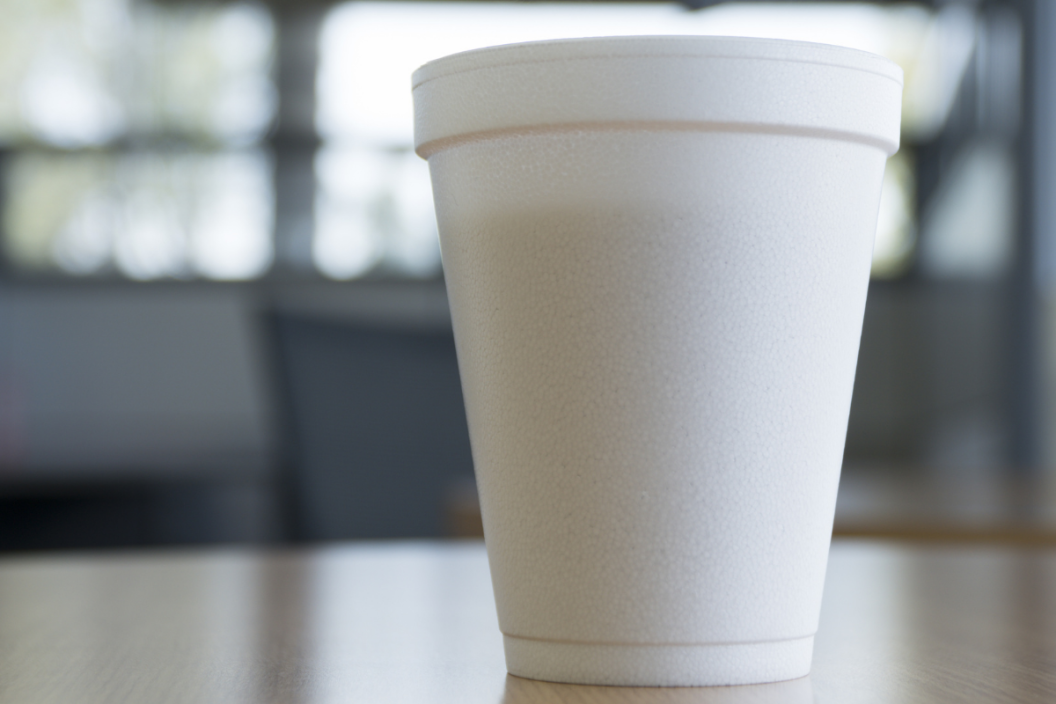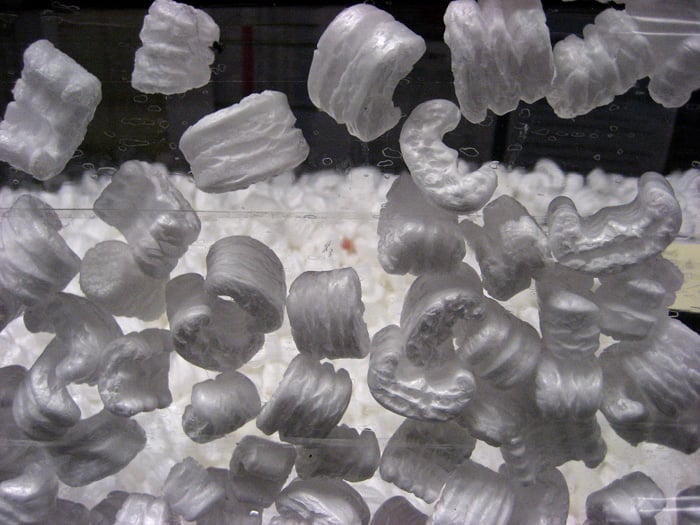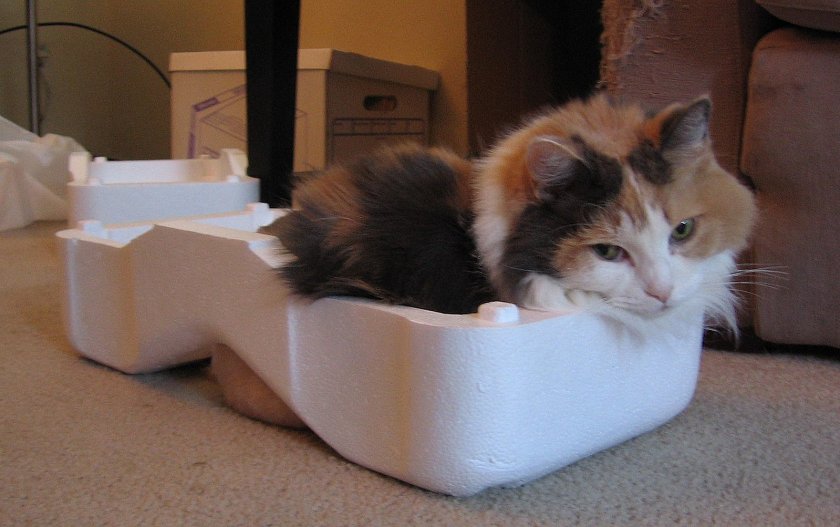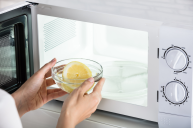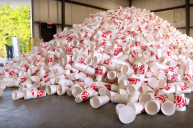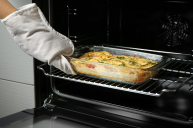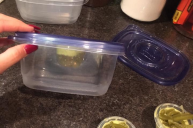Microwaves are one of my favorite inventions. What improves life more than the ability to prepare food in under two minutes?! They make heating food and defrosting frozen dishes like meatballs and chicken tenders infinitely faster and easier. However, it can be hard to know which materials are microwave safe and which meals should be reserved for heating in the oven or on the stove. For instance, can you microwave Styrofoam?
There are so many different materials used to save food, and sometimes it's hard to know which can withstand the heat of the microwave. There's nothing worse than your container melting into your meal, or worse, you accidentally consuming chemicals from your food container. It's dangerous to use aluminum foil or metal of course, and saran wrap would melt immediately from the high temperatures.
Styrofoam is another material that seems ambiguous when it comes to heat. It's often used for hot chocolate cups or carry-out containers, making it a common material in our lives, but most of us have no idea what it actually is.
What Is Styrofoam?
Styrofoam, a term coined by the Dow Chemical Company, is technically made from polystyrene foam, a material used for building. In the United States, we use the word to describe all containers that have expanded polystyrene foam in them. Styrofoam is typically used for coffee cups, packing peanuts, and take-out boxes at restaurants, popular because it is inexpensive and efficient in keeping food and drinks hot.
Along with other materials like paper plates and paper towels, Styrofoam cups and plates were made with easy clean-up in mind. These, along with the fast food industry and the creation of instant meals like cup noodles and mac n cheese, are invaluable in helping the average person keep up with a fast-paced lifestyle. Balancing work, family, and other commitments can make it difficult to have the time to make a home-cooked meal every night. This is why it can be so tempting to pop leftovers and heat food in their Styrofoam containers into the microwave without a second thought.
However, despite its convenience, Styrofoam has become less popular the more we learn more about the environmental effects of such materials. Styrofoam containers do not decompose quickly or easily, and they often cannot be recycled. They can also be dangerous for scavenging animals like raccoons, who sometimes mistake them for food and attempt to eat them.
Can You Microwave Styrofoam?
When it comes to microwaving Styrofoam, some health professionals have raised concerns about a compound in polystyrene foam called styrene. This compound has been connected to carcinogens in certain studies. Along with this, when microwaving some types of Styrofoam, certain manufacturing substances that are not meant to be eaten can be imparted into meals.
Fortunately, the Food and Drug Administration (FDA) ensures that its foam containers are made from microwave-safe Styrofoam. Therefore, any polystyrene container with a microwave-safe label has been tested for use in microwave ovens. It is very important to check for this label when reheating food in a Styrofoam container, as containers without it are not ensured to be safe. You could be leaching harmful chemicals into your foods if you don't check the label.
While it's best to avoid materials that are harmful to the environment, we're not always able to control the take-out containers given at restaurants, let alone the material used to box up our favorite ramen dinners. So, if you find yourself hungry and ready to pop your leftovers in the microwave for a quick meal, take an extra second to check that your Styrofoam container has a microwave-safe label. When it comes to your food, better safe than sorry! Even better, transfer the food to a microwave-safe container.
